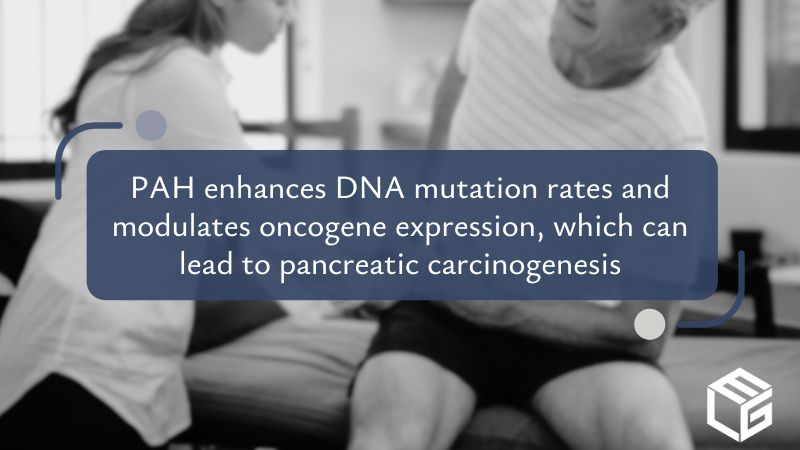Exposure to toxins during the 9/11 attacks and the subsequent cleanup increases the risk of pancreatic cancer
The attacks on September 11, 2001, led to the formation of high-density dust clouds that contained a large amount of carcinogenic compounds, one of which was polycyclic aromatic hydrocarbons. This carcinogen enhances DNA mutation rates and modulates oncogene expression, which can lead to pancreatic carcinogenesis.
In a recent study published by the Journal of the National Cancer Institute, researchers observed that pancreatic cancer had the longest median time for cancer diagnosis since exposure to toxic fumes. Additionally, in most cases, pancreatic cancer develops after the age of 60. Taking all of this into account, pancreatic cancer cases are expected to rise within the next few years. Thus, you need to take note of any of the following symptoms of pancreatic cancer:
- Abnormal physical weakness
- Yellow discolorations in your body
- Weight loss or lack of appetite
- Belly pain that spreads to your sides
- Nausea and vomiting
- Bloating
If you consistently exhibit any of these, contact health care providers immediately since early diagnosis increases your chances of successful treatment.
9/11 Victim Compensation Fund claims for pancreatic cancer
Eligible victims could receive up to $250,000 if diagnosed with pancreatic cancer. However, the final amount depends on whatever results from the formula “non-economic loss + economic loss - collateral offsets,”—collateral offset being the amount of money you have already received from healthcare insurance. This compensation is available to those who were present during the attacks and to volunteers who participated in the following cleanup of the affected areas.
